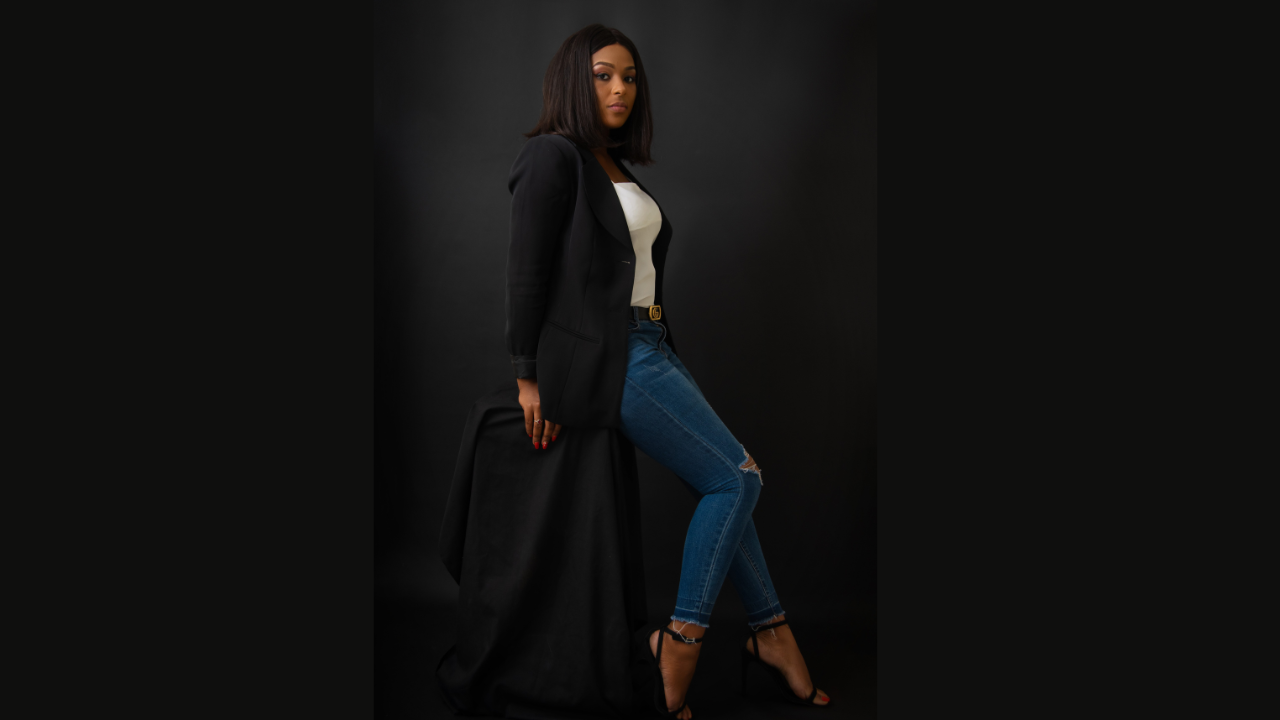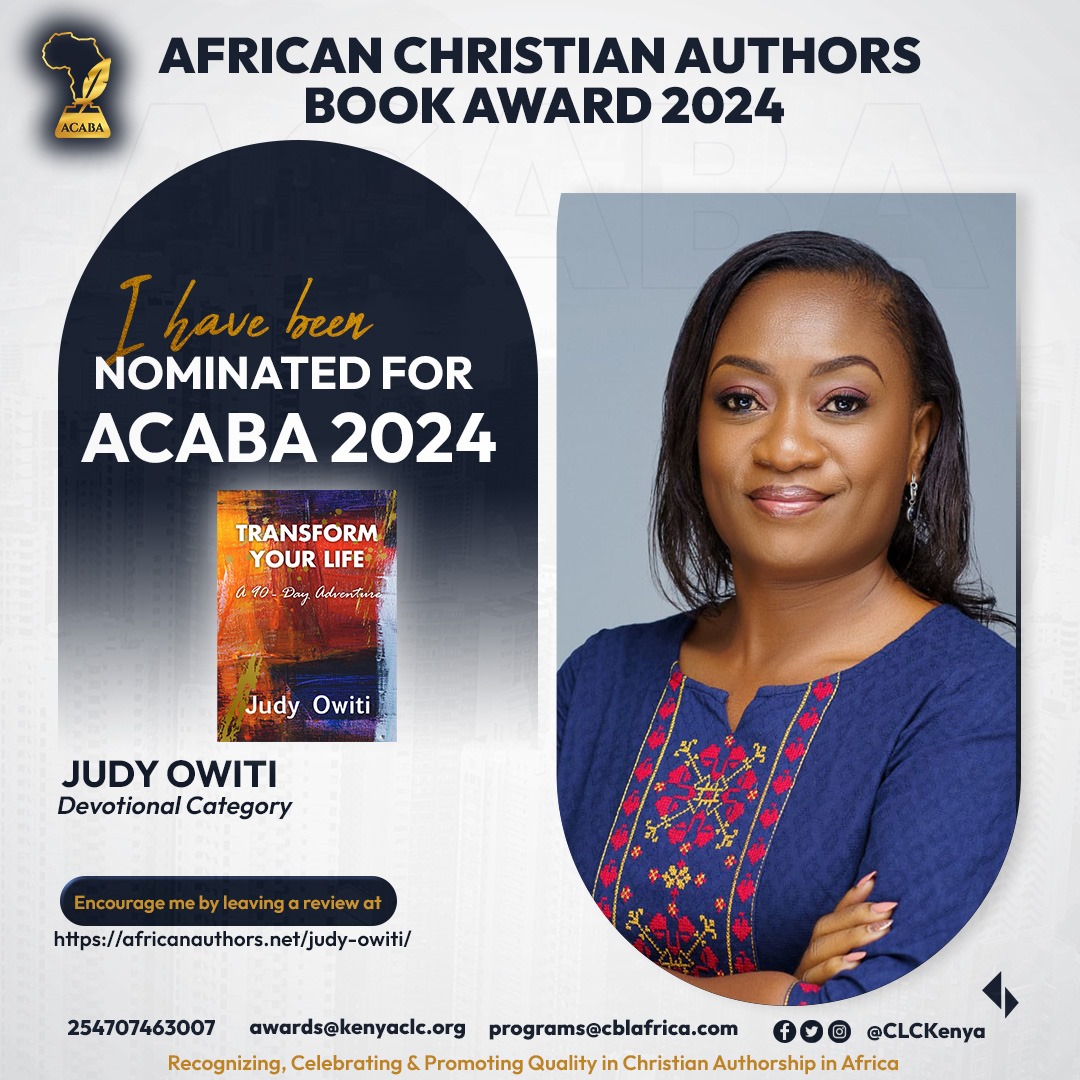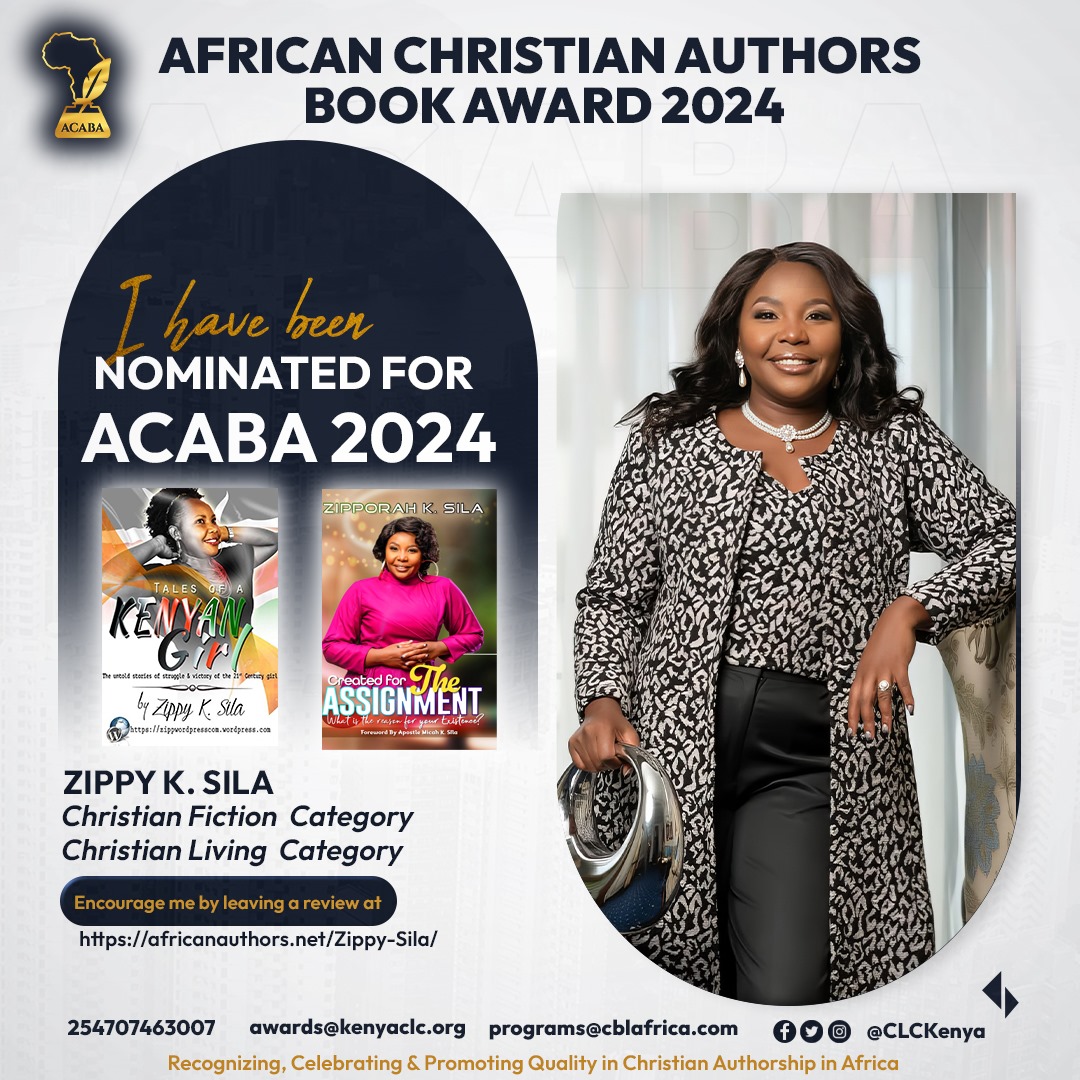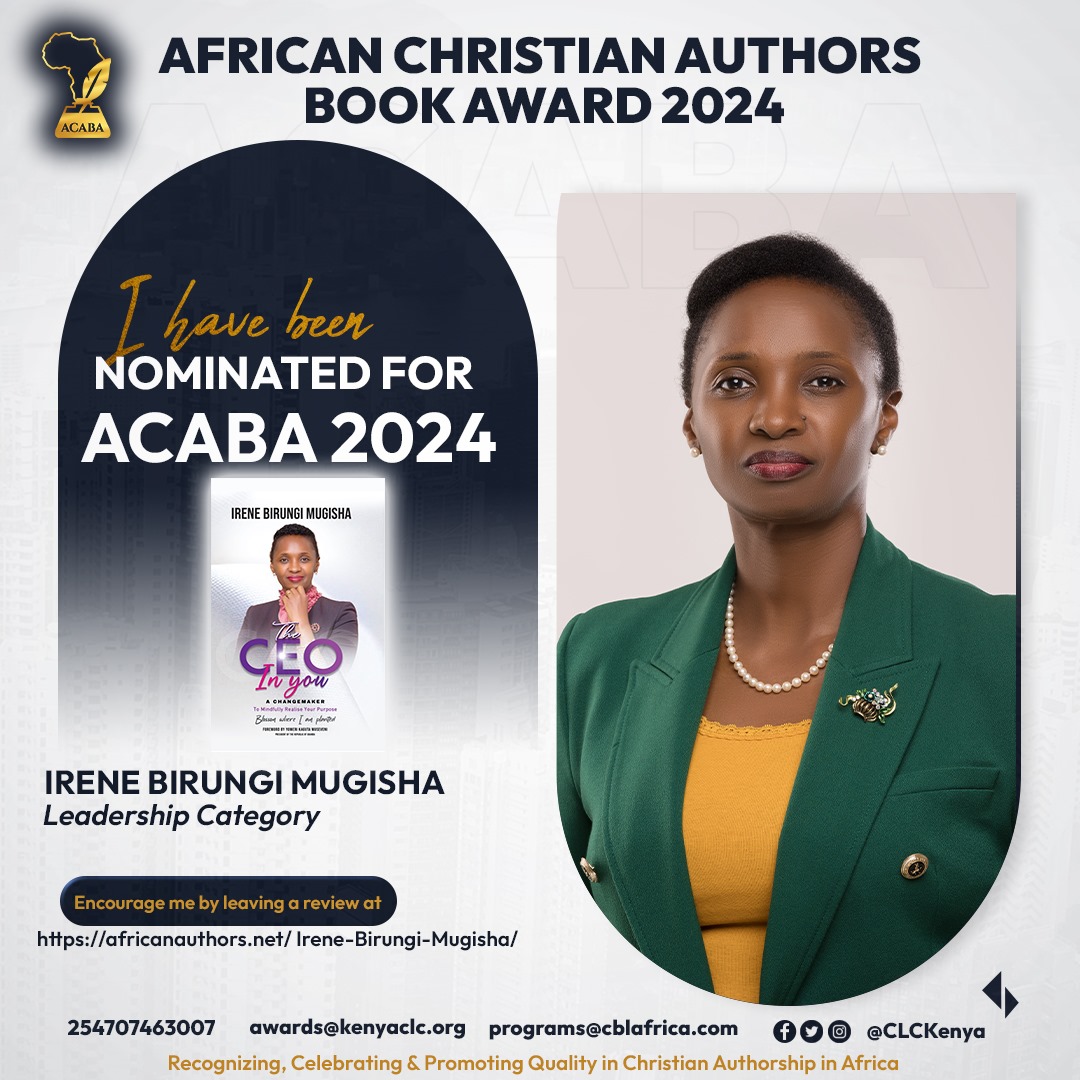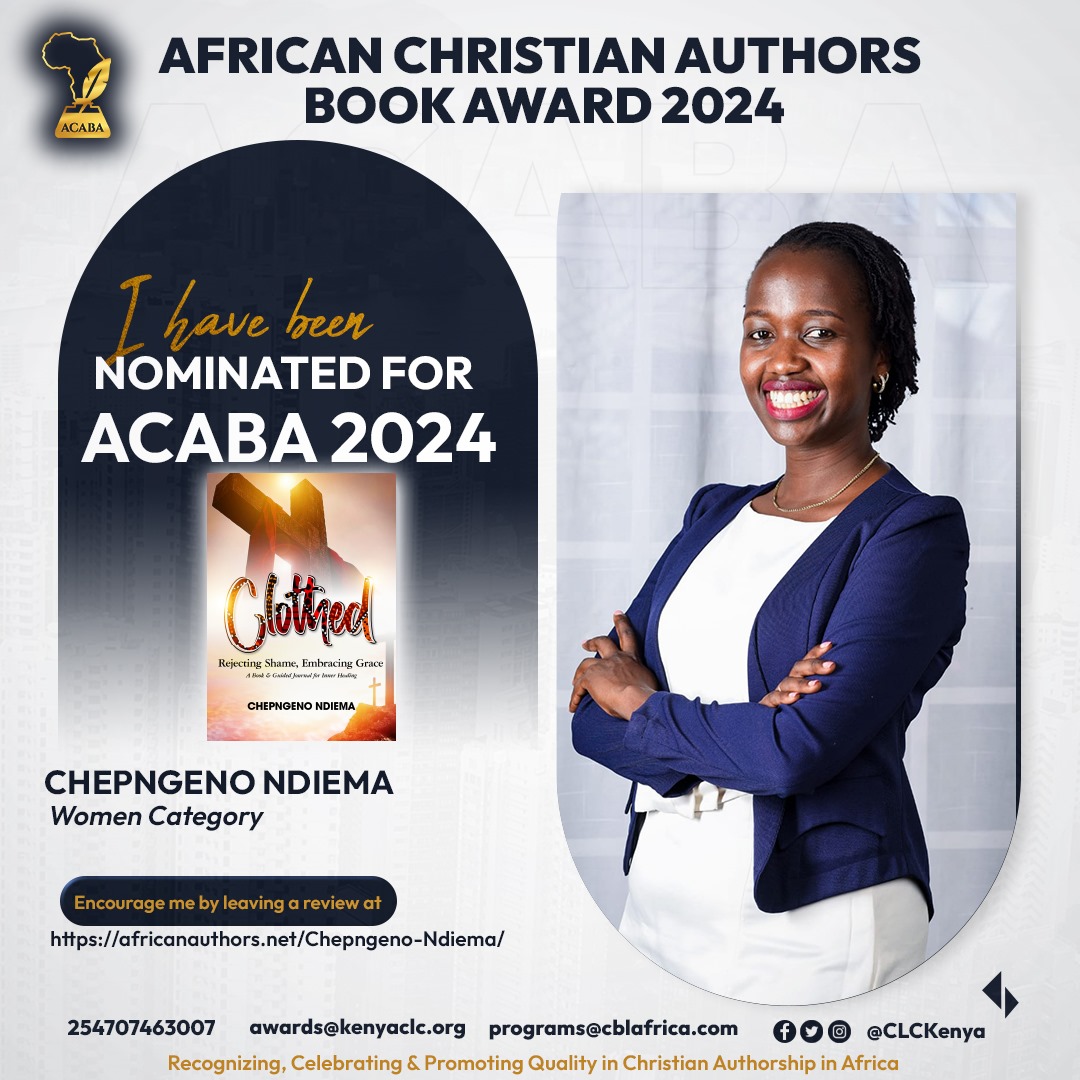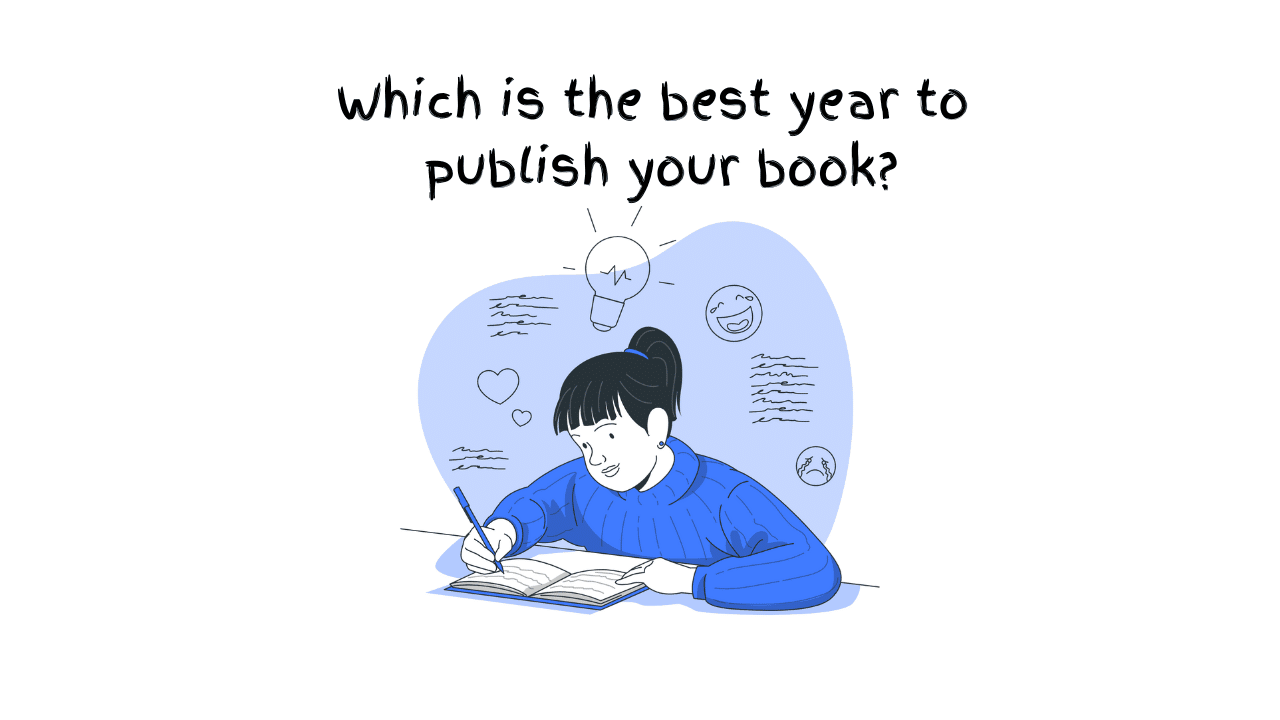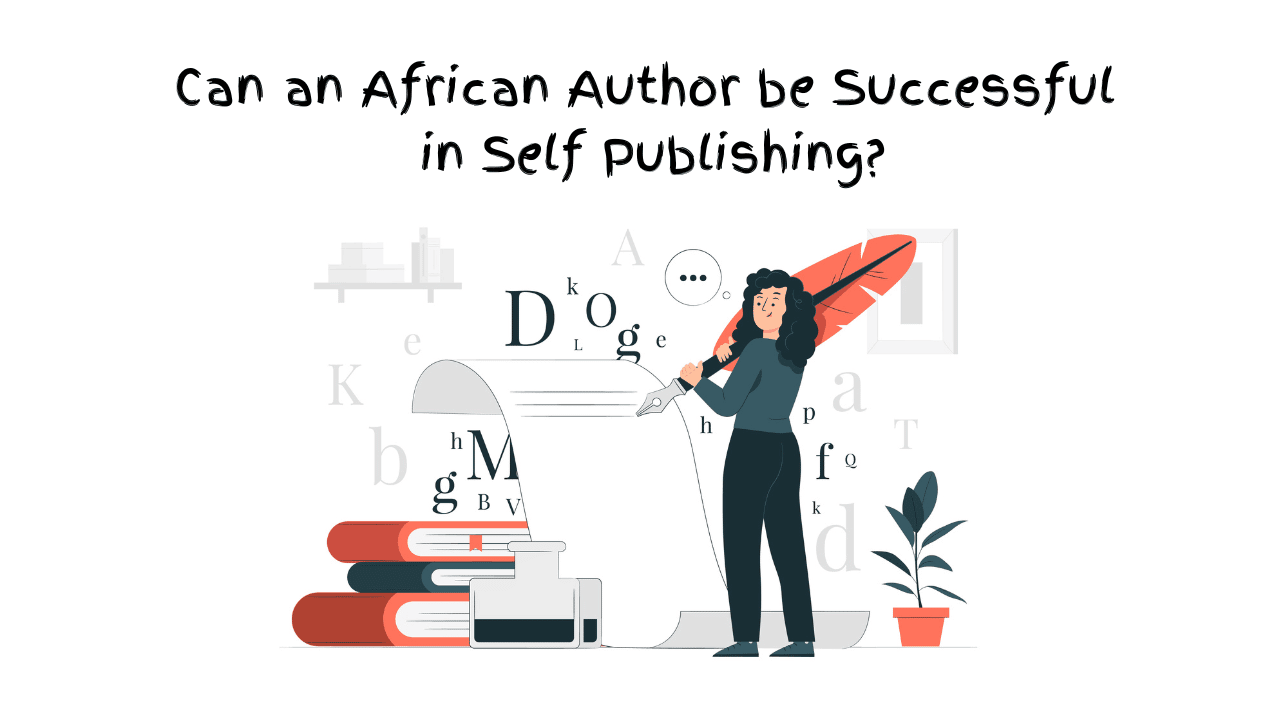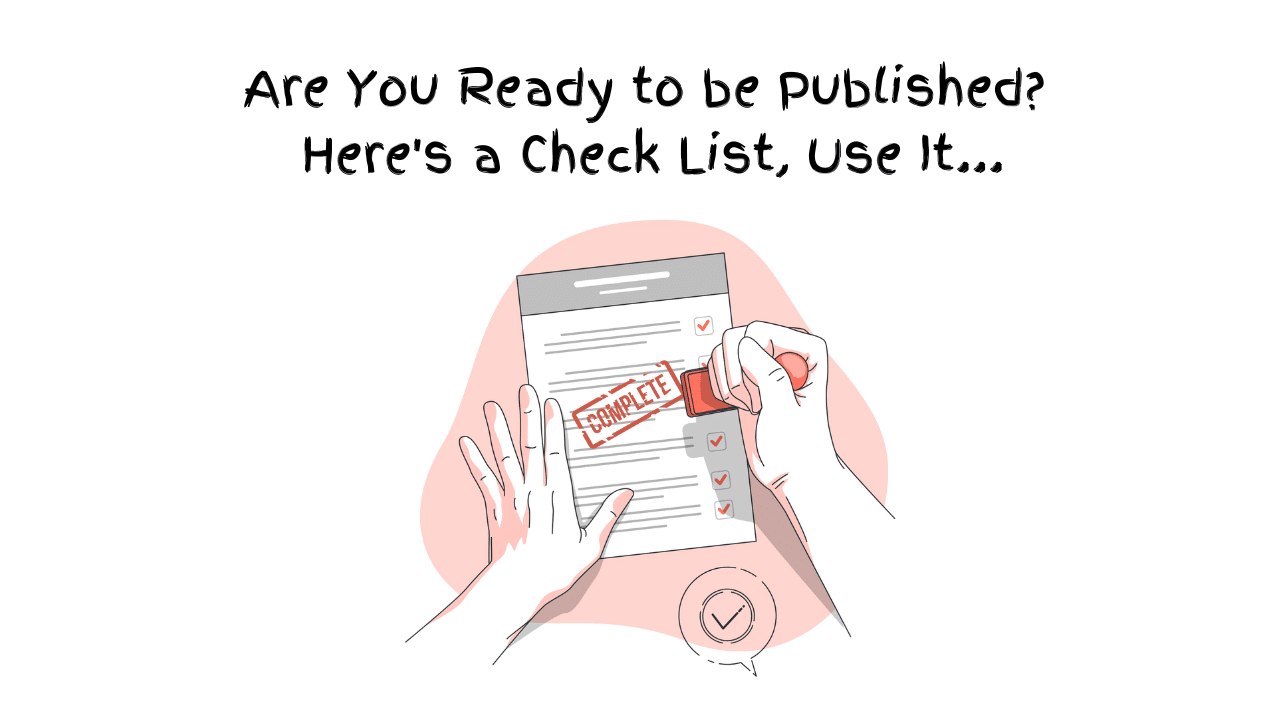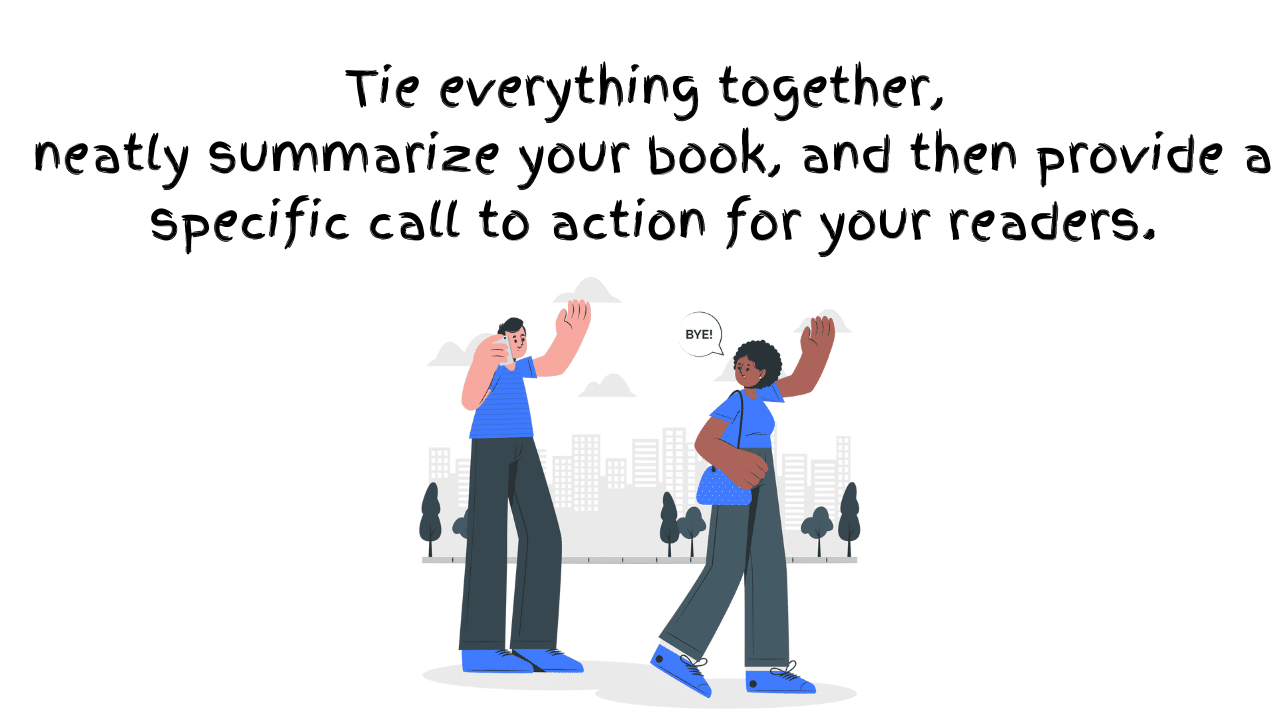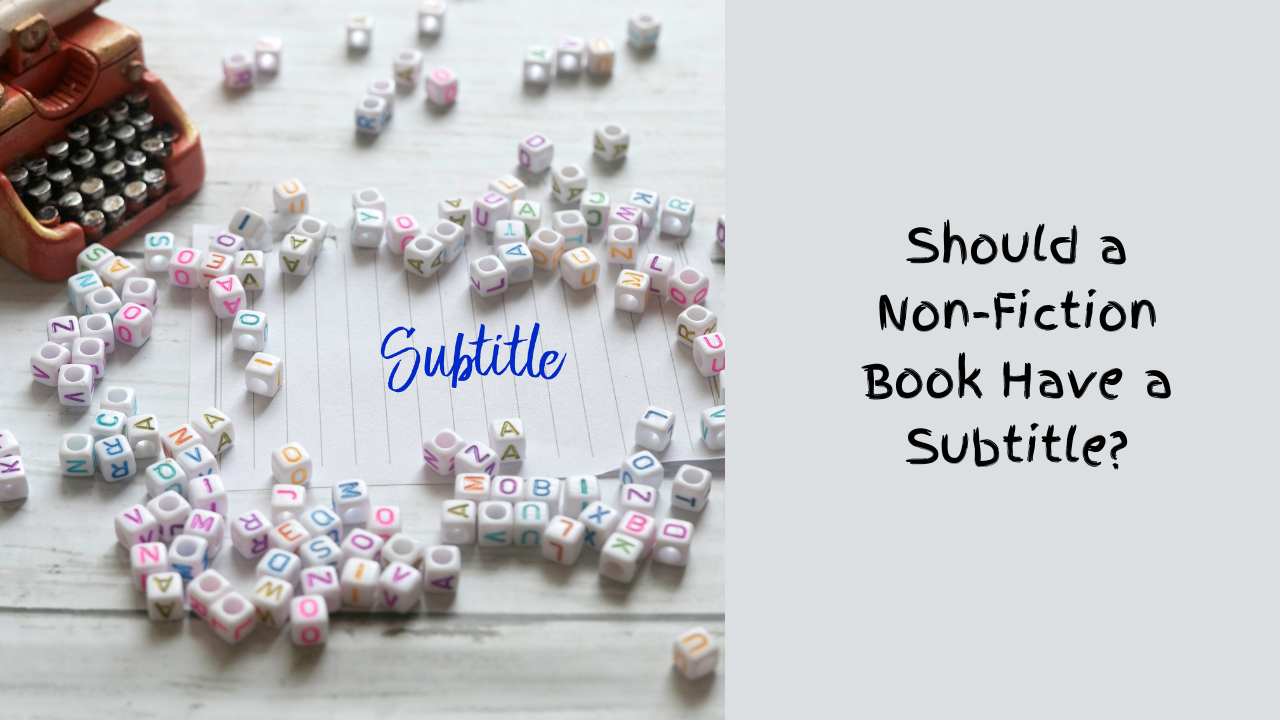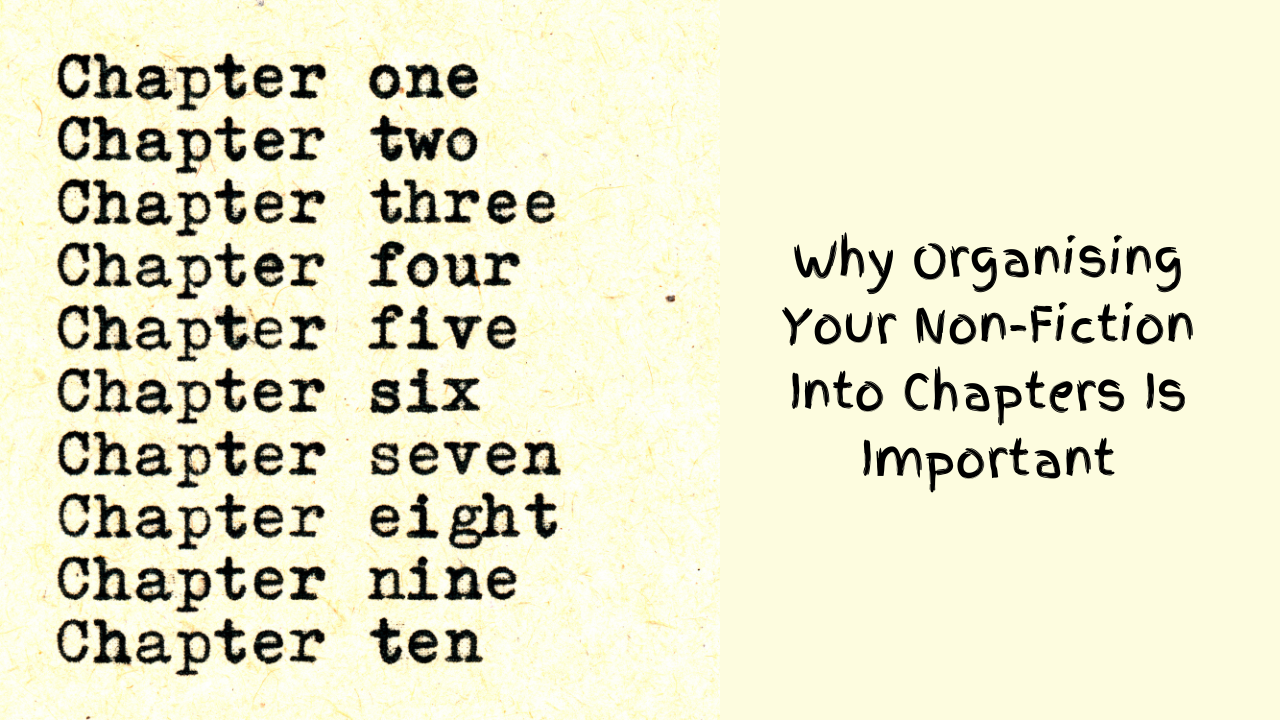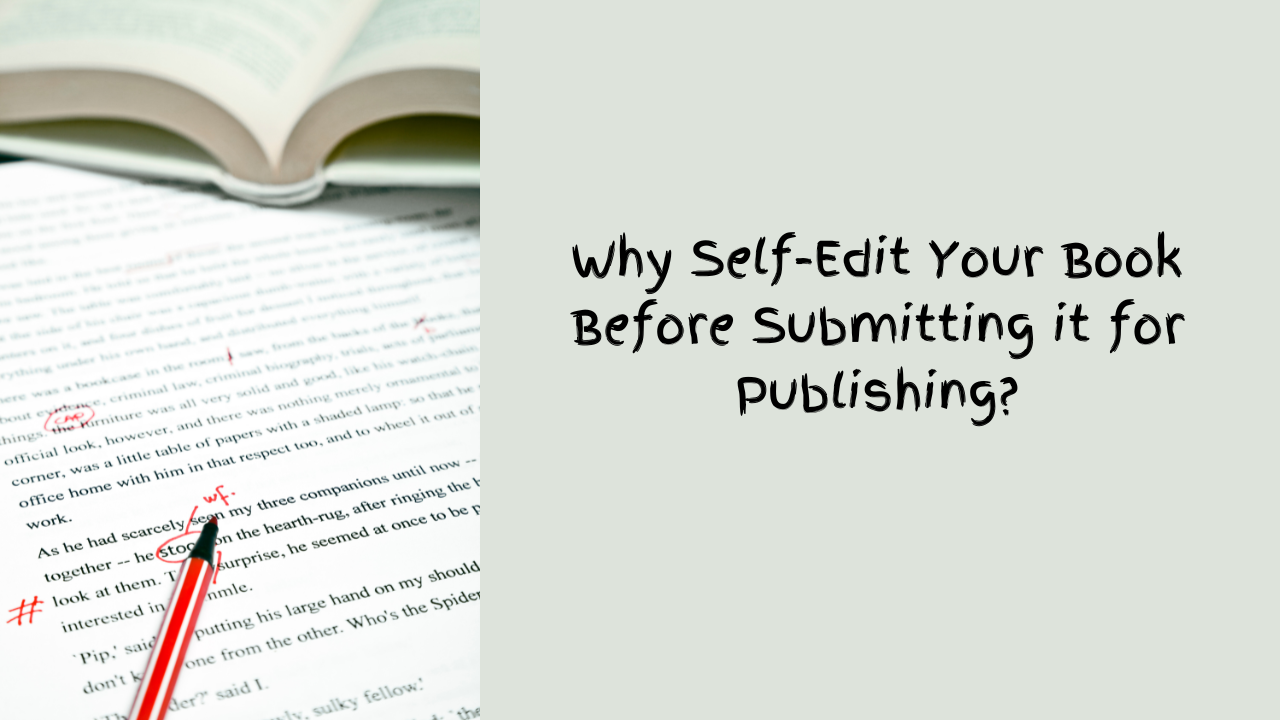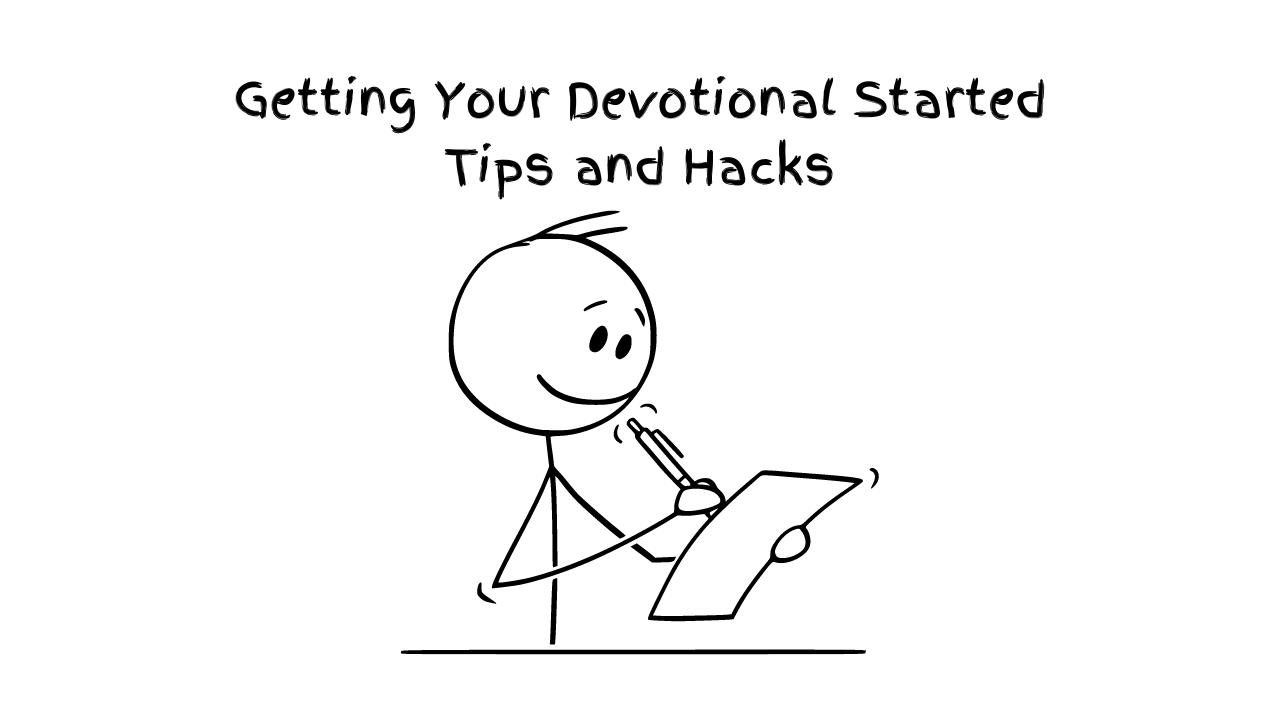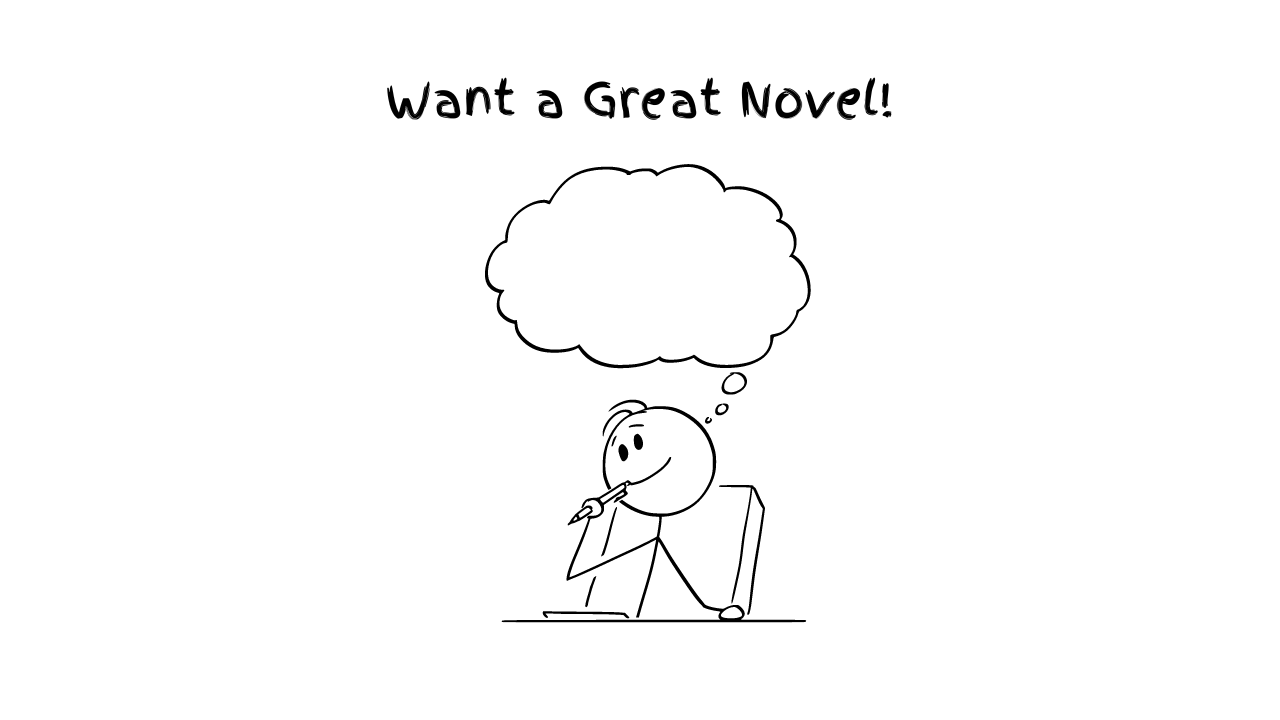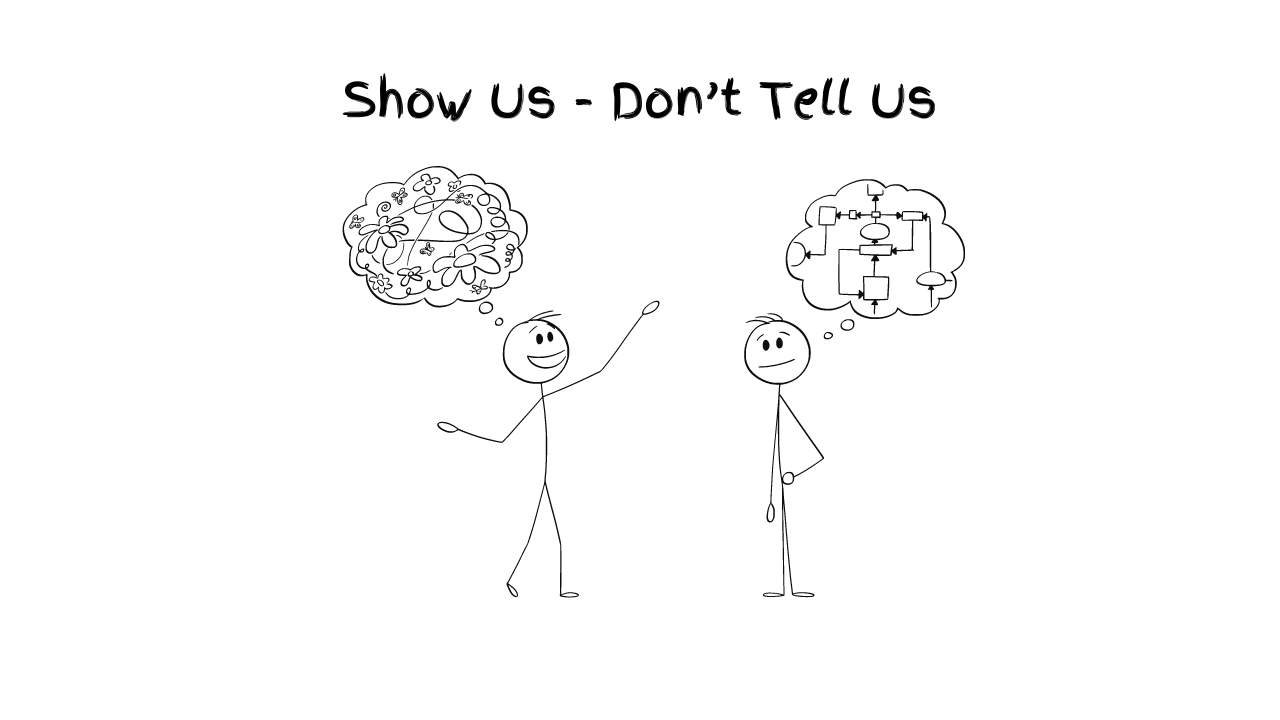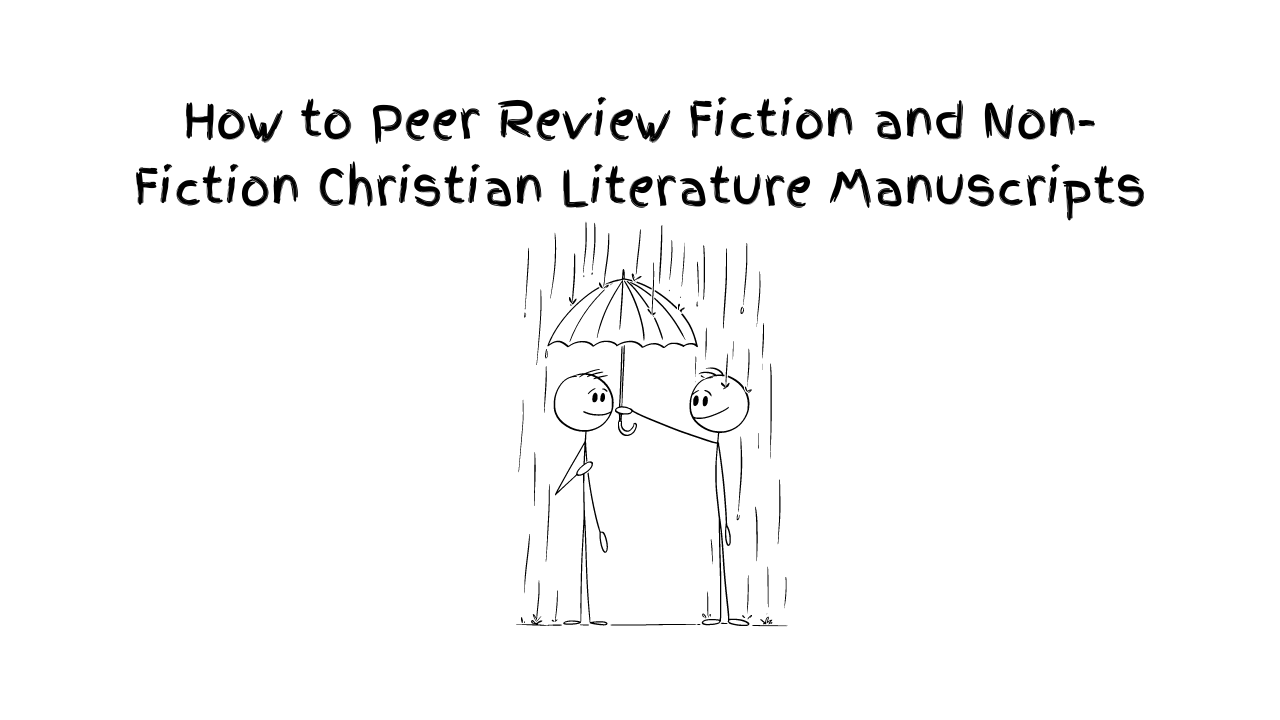Professional photos on a book’s back page play a crucial role in an author’s branding and marketing strategy. Here are several reasons why they are essential:
First Impressions Matter: The back cover of a book is often one of the first things potential readers see. A high-quality, professional photo conveys a sense of credibility and professionalism, making a strong first impression. Readers are more likely to trust and be intrigued by an author who presents themselves well.
Brand Consistency: An author’s photo is part of their personal brand. A professional image that aligns with the tone and theme of the book helps reinforce the author’s identity. Whether you are writing fiction, non-fiction, or children’s books, the photo should reflect the essence of your work and your personality.
Connection with Readers: Readers often feel a deeper connection with authors when they can put a face to the name. A warm, approachable, and professional photo can humanize the author, making them more relatable. This connection can encourage readers to explore more of the author’s work and follow them on other platforms.
Marketing and Publicity: Professional photos are versatile and can be used across various marketing channels—on websites, social media, book signings, and promotional materials. A high-quality image ensures that the author looks their best, regardless of where the photo is used.
Competitive Edge: In a crowded market, every detail counts. A professional photo can set an author apart from others who may not have invested in their presentation. It shows that the author is serious about their work and dedicated to presenting it in the best possible light.
Trust and Credibility: Readers and reviewers often judge the quality of a book by its cover, and this includes the author’s photo. A professional image can boost the author’s credibility, especially in genres like non-fiction, where the author’s authority on the subject is key.
Memorability: A well-crafted professional photo makes the author memorable. When readers recall a book they loved, the author’s image often comes to mind. This visual association can lead to stronger recognition and loyalty.
Investing in a professional photo for your book’s back page is not just about looking good; it’s about enhancing your brand, connecting with readers, and standing out in the marketplace.
Specifications:
A professional author photo requires attention to several technical and aesthetic details to ensure it meets industry standards. Here are the key specifications:
1. Resolution and File Format
- Resolution: Minimum of 300 DPI (dots per inch) for print quality. The image should be at least 2000 pixels on the shortest side.
- File Format: High-quality JPEG or TIFF files are commonly used for printing purposes. Ensure the image is not overly compressed to maintain quality.
2. Lighting
- Natural Light: Soft, natural light is ideal, preferably from the side or at a slight angle to avoid harsh shadows. Avoid direct sunlight, which can cause glare or harsh contrasts.
- Studio Lighting: If using studio lights, a three-point lighting setup (key light, fill light, and backlight) can create a balanced and professional look. Ensure the lighting is even and flattering to the subject’s face.
- Avoid Shadows: Ensure the lighting setup avoids harsh shadows on the face or background, providing a clear and consistent look.
3. Background
- Neutral Background: A plain, neutral background (white, grey, or black) is usually best, as it keeps the focus on the author. A subtle texture or gradient can add depth without being distracting.
- Environment: If the photo is taken in an environment relevant to the author’s brand (like a library or study), ensure the background is not cluttered and complements the overall image.
4. Composition and Framing
- Head and Shoulders: A standard professional author photo usually frames the subject from the chest up, focusing on the head and shoulders.
- Eye Contact: The author should look directly into the camera to create a connection with the viewer.
- Rule of Thirds: Position the author slightly off-center to create a more dynamic composition while keeping the focus on the face.
5. Makeup and Grooming
- Natural Makeup: For women, a natural makeup look is often preferred, enhancing features without being overly dramatic. Focus on even skin tone, defined eyes, and a subtle lip color.
- Hair: Ensure the hair is well-groomed and styled in a way that reflects the author’s personal brand. Avoid overly elaborate hairstyles that might distract from the face.
- Men’s Grooming: For men, clean-shaven or neatly trimmed facial hair is ideal. Ensure skin looks even and reduce shine with a light powder if necessary.
6. Clothing
- Professional Attire: Choose clothing that reflects the author’s brand and the genre of the book. For non-fiction, business or smart casual attire is often appropriate. For fiction or creative fields, attire can be more expressive but should still appear polished.
- Solid Colors: Solid, neutral colors are best, as they keep the focus on the face. Avoid busy patterns or overly bright colors that might detract from the overall professionalism of the image.
7. Expression
- Approachable and Confident: A warm, approachable expression is key. A slight smile often works well, but the expression should match the tone of the author’s work.
- Natural Posing: The pose should be natural and relaxed, avoiding stiff or overly posed looks.
8. Editing and Retouching
- Minimal Retouching: Retouching should be subtle, aiming to enhance the photo without altering the author’s natural appearance. Common edits include adjusting brightness, contrast, and color balance, as well as minor skin retouching.
- Avoid Over-Editing: Excessive retouching can make the image look artificial. The goal is to present the author in the best light while retaining authenticity.
9. Print and Digital Use
- Versatility: The photo should be suitable for both print (book covers, posters) and digital use (websites, social media). Ensure the image works well in different sizes and formats.
- Orientation: Typically, a portrait orientation is preferred for book covers, but ensure the photo can be easily cropped or adjusted for various uses.
10. Photographer Selection
- Professional Photographer: It’s crucial to work with a photographer who has experience in portrait photography, especially for authors. They should understand how to capture your personality while adhering to the technical requirements.
By following these specifications, an author can ensure their photo is not only professional and polished but also reflective of their personal brand, making a lasting impression on readers and industry professionals alike.
Sample Photos:

Photo taken at Studio Mona Hurlighum in 2018. The quality, usability and resolution remain timeless.
Credit: Abiah Omukhango, Author of Conceive Achieve for Teens

Photo taken at Studio Mona Hurlighum in 2019. The quality, usability and resolution remain timeless.
Credit: Nelly Kagoru, Author of Accountability-A Biblical Principle
Usability, Versatility... Invest Once:
Step1: Prepare Yourself to Get Published…
Are you ready to publish your book? Here is how you need to prepare. Have your manuscript ready and explore the oprions available today. If you are stuck in getting it started or finished, there is several ways to get help. Explore and get published today!
Read MoreStep2: Let’s Talk About Publishing
The self-publishing landscape has changed considerably in the past two decades with new technologies such as the Internet, and the $1 billion markets continuing to change at a rapid pace. Increasingly, there are numerous alternatives to traditional publishing, and self-publishing is becoming the first choice for writers.
Read MoreStep3: Factors to Consider Before Self Publishing
Jesus, while talking to the disciples about following Him, asked them to count the cost. The same Scripture applies to authors today - you have to count the cost from the beginning to ensure you don't stop at some point in your book project's journey.
Read MoreStep4: Requirements for Self Publishing
Are you ready to be published? Use our 4 points check list and tick 'Published Author' box so you can move on to the next God-given assignment...
Read MoreStep5: Publishing Steps – Review
Is your manuscript due for a review towards getting published? The major focus during manuscript review is the general quality of the book. It is important to establish the overall completeness, scope and readership of the manuscript and whether the presentation and accessibility of the book is suitable. #RaisingAfricanVoices
Read MoreStep5a: How to Write a Book Dedication
A book dedication is a way for you, the author to bestow a high honor on a person (or a group of people) you wish to praise or otherwise spotlight. This dedication note is often short and usually focused on one person (or a specific group of people). It’s supposed to be personal, rather than professional. It goes on the dedication page, which is in the very front of the book, after the title page. Here's how to write one. #RaisingAfricanVoices
Read MoreStep5b: How to Write a Book’s Foreword
A well-written foreword can function as the ultimate third-party recommendation or endorsement for your book, generating interest and helping when it’s time to market your book. Here are the benefits of forewords and a guide to writing one. #RaisingAfricanVoices
Read MoreStep5c: How to Write a Book Introduction
Are you stuck on writing your book introduction? Here's how to... Hook the reader right from the beginning with a personal story from your life, a funny story, a joke, or just an interesting fact that causes him/her to want to continue reading. #RaisingAfricanVoices
Read MoreStep5d: How to Write a Book’s Conclusion
If your readers are in the conclusion chapter, it also means they read the whole book, they liked it, and now they want you to wrap it up. So don’t rash it. Give them what they want. Here's how to write a good conclusion for your book. #RaisingAfricanVoices
Read MoreStep5e: How to Write an Author’s Bio
People are looking for reasons why they should spend their time reading what you have written. You need to instill confidence in your readers that you are knowledgeable on the subject matter by writing an appropriate bio. Here's how to write one. #RaisingAfricanVoices
Read MoreStep5f: How to Write a Book’s Blurb
A blurb is a short yet descriptive account of the book that goes on the back cover or within the book sleeve of a hardcover book. It includes any information that represents the book best and intrigues the readers and shoppers to pick the book off the shelves. Here's how to write one... #RaisingAfricanVoices
Read MoreStep5g: What to Include in the Copyright Page and Complete the Copyrighting Process
Copyright law gives creators of original material the exclusive right to further use and duplicate that material for a given amount of time, at which point the copyrighted item becomes public domain. Here's what you need to know. #RaisingAfricanVoices
Read MoreStep5h: How to Write an Acknowledgment
An acknowledgment section in a book provides the space to go into lenghty details in thanking the people who were sources of inspiration and support for your book and life. Here'show to write one. #RaisingAfricanVoices
Read MoreStep5i: How to Write a Table of Contents
A table of content shows the things that are held or included in something. In the book industry, it is a list of the chapters or sections given at the front of a book or periodical. Here's how to write one... #RaisingAfricanVoices
Read MoreStep5j: Should a Non-Fiction Book Have a Subtitle?
A book’s subtitle is a secondary title that typically follows the main title and provides additional information about the book’s content, theme, or purpose.For example, in the book “Mere Christianity” by C.S. Lewis, the subtitle is “The Case for Christianity, Christian Behavior, and Beyond,” which gives potential readers a clearer idea of the subjects covered […]
Read MoreStep5k: Why Organising Your Non-Fiction Into Chapters Is Important
A book’s chapter is a distinct section within the book that focuses on a specific topic or aspect of the overall subject. Each chapter typically serves a unique purpose and contributes to the development of the book’s main theme or narrative. Here are some key characteristics of chapters: Organizes Content: Chapters help structure the book’s […]
Read MoreStep5l: Why Self-Edit Your Book Before Submitting it for Publishing?
Self-editing of creative books involves reviewing and revising your own manuscript to improve its clarity, coherence, and overall quality before submitting it for professional editing or publishing. This process is crucial for refining the content and ensuring that the book effectively communicates its message.Self-editing requires careful attention to detail and a critical eye to spot […]
Read MoreStep6a: How to Write a Devotional
A devotional book is a literary work designed to provide spiritual inspiration, guidance, and reflection for readers seeking to deepen their faith and relationship with God.
Read MoreStep6b: How to Write a Captivating Novel
A great novel is a complex interplay of various elements, but some key components often contribute to its greatness.
Read MoreStep6c: How to Use Dialogue in Story Writing
Effective dialogue is characterized by authenticity, clarity, and relevance to the story. It should sound natural and believable, reflecting the unique voices and perspectives of the characters. Dialogue tags, such as "said," "asked," and "replied," help identify speakers and maintain clarity in conversations.
Read MoreStep6d: How to Use ‘Show Don’t Tell’ in Story Writing
"Show don't tell" is a fundamental principle in storytelling that encourages writers to use descriptive language, actions, dialogue and scenes to reveal information to the reader, rather than simply telling them outright.
Read MoreStep6e: How to Elevate a Non-fiction Christian Book to Make it Personal and Engaging
"Show don't tell" is a fundamental principle in storytelling that encourages writers to use descriptive language, actions, dialogue and scenes to reveal information to the reader, rather than simply telling them outright.
Read MoreStep6f: Ethical ways to use other people’s public stories in a non-fiction Christian book
"Show don't tell" is a fundamental principle in storytelling that encourages writers to use descriptive language, actions, dialogue and scenes to reveal information to the reader, rather than simply telling them outright.
Read MoreStep6g: How to overcome the challenge of mixed languages in writing a manuscript
"Show don't tell" is a fundamental principle in storytelling that encourages writers to use descriptive language, actions, dialogue and scenes to reveal information to the reader, rather than simply telling them outright.
Read MoreStep6h: How to Peer Review Fiction and Non-Fiction Christian Literature Manuscripts
Here are some tips for effectively peer reviewing such a manuscript:
Read MoreStep7a: The Art of the Author Photo: Essential Specs for a Professional and Polished Image
Professional photos on a book’s back page play a crucial role in an author’s branding and marketing strategy.
Read MoreTerms and Conditions for Traditional Publishing/Adapting Existing Books into Other Versions
At the moment, call for manuscript submission is on invite only. Please bear with us until a public call is made. 1. Overview This agreement sets forth the terms and conditions for the adaptation of an existing book into a different version by CLC Kenya/ACABA. The goal of this adaptation is to expand the reach […]
Read More